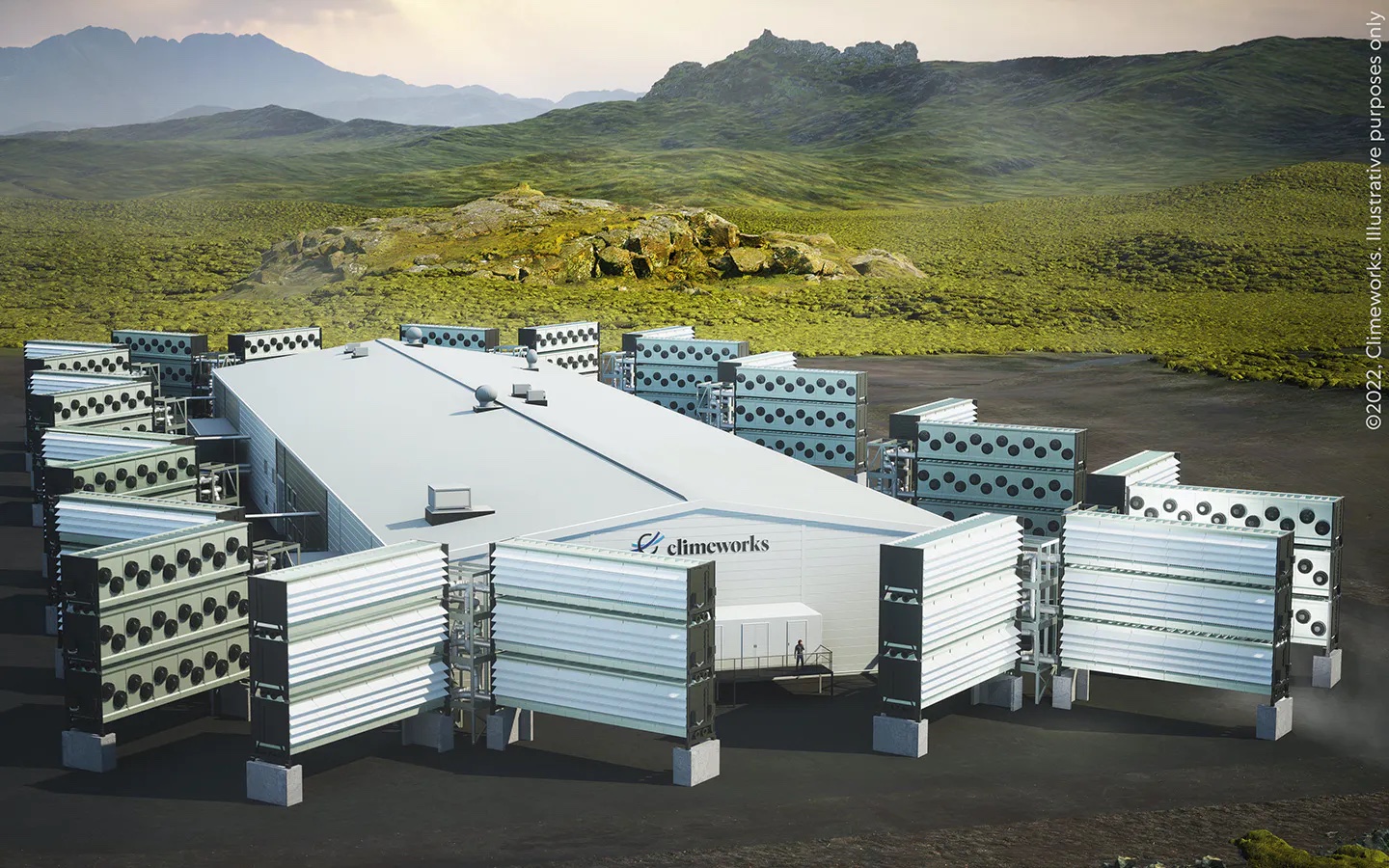JPMorgan Chase Invests $200M in Carbon Removal Technologies, Aims to Store 800K Tons of Carbon

JPMorgan Chase, one of the world’s largest financial institutions, announced its plans on Tuesday to significantly scale its investment in emerging carbon removal technologies. The company has signed long-term agreements worth over $200 million to purchase high-quality carbon dioxide removal (CDR) services, with the goal of removing and storing 800,000 metric tons of carbon dioxide equivalent (mtCO₂e) from the atmosphere. This move represents one of the largest carbon removal purchases ever announced.
By entering into these agreements, JPMorgan Chase aims to support the expansion and development of carbon removal technologies, accelerating its own operational sustainability efforts. The company plans to match every ton of its direct operational emissions with durable carbon removal by 2030, furthering its commitment to reducing its environmental impact.
The market for carbon removal is expected to experience significant growth in the coming decades. According to the Intergovernmental Panel on Climate Change (IPCC), the world will need to remove between 100 and 1,000 gigatons (GtCO₂e) of carbon dioxide by 2100, with interim annual removal rates approaching 10 GtCO₂e by the mid-century.
To drive the development and commercialization of high-integrity carbon reduction and removal solutions, JPMorgan Chase has partnered with several leading companies in the field. The agreements include a 9-year deal with Climeworks, a pioneer in direct air capture technology, to deliver 25,000 mtCO₂e of carbon removal services, purchase of bio-oil CDR credits from Charm Industrial, amounting to approximately 28,500 mtCO₂e over a 5-year period, and a Memorandum of Understanding (MOU) with CO280 Solutions, Inc. for the potential purchase of up to 30,000 mtCO₂e of CDR per year over 15 years, totaling as much as 450,000 mtCO₂e.


In a bid to accelerate the adoption of carbon removal technologies, JPMorgan Chase has committed $75 million to Frontier, an advance market commitment initiative that guarantees future demand for carbon removal. The company will purchase $50 million worth of durable, high-quality CDR credits for its own operational emissions and provide clients with access to an additional $25 million in credits to help them achieve their climate targets.
JPMorgan Chase’s investments and agreements in the carbon removal space are part of its broader strategy to support sustainability and contribute to the low-carbon transition. The company recognizes the importance of nature-based carbon removal solutions and continues to utilize them to offset Scope 3 operational emissions. However, it acknowledges the limited durability of these solutions and aims to focus on high-quality, durable carbon removal options to achieve its long-term sustainability goals.
Alongside the announcement of its investments, JPMorgan Chase has published a white paper outlining its perspective on the voluntary carbon market. The company emphasizes the need for science-based and equitable criteria to ensure the credibility of carbon credits and supports transparency initiatives by organizations like the Integrity Council for Voluntary Carbon Markets. JPMorgan Chase is also actively working with Carbon Direct to develop a science-driven strategy for carbon management and promote effective carbon market practices.
Sustainability is becoming increasingly important to large financial institutions for several reasons. Climate change and environmental degradation pose significant risks to the global economy. Large financial institutions institutions like JP Morgan Chase recognize that unsustainable practices can lead to physical and transition risks, including damage to assets, regulatory changes, stranded assets, and reputational damage.
By integrating sustainability into their operations and investment decisions, financial institutions can proactively manage these risks and safeguard their long-term viability. Furthermore, investors and stakeholders, including customers, employees, and regulators, are placing greater emphasis on sustainability. They expect financial institutions to demonstrate responsible and ethical practices, including environmental stewardship. Failing to meet these expectations can lead to reputational damage and loss of trust, which can have severe financial consequences.
The transition to a sustainable economy presents significant market opportunities. Investments in renewable energy, clean technologies, and sustainable infrastructure are rapidly growing sectors that offer attractive returns. Financial institutions that align their strategies with sustainability can tap into these opportunities, attract capital, and diversify their portfolios.
Sustainability is closely linked to long-term value creation. By integrating environmental, social, and governance (ESG) factors into their decision-making processes, financial institutions can identify sustainable investments that generate positive financial returns while delivering positive environmental and social outcomes. This approach aligns with the growing demand for responsible investment options and helps create a more resilient and inclusive economy.
CleanEarth Media
Popular Now
More From Clean Earth










